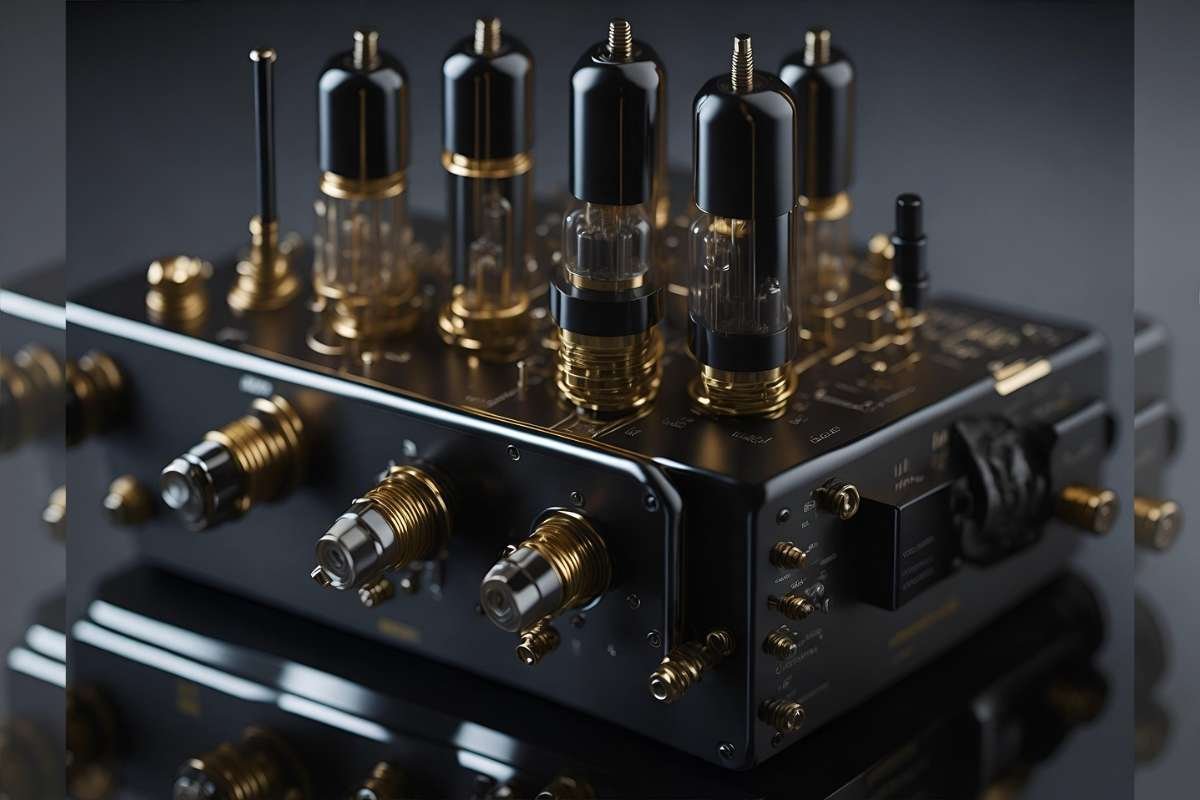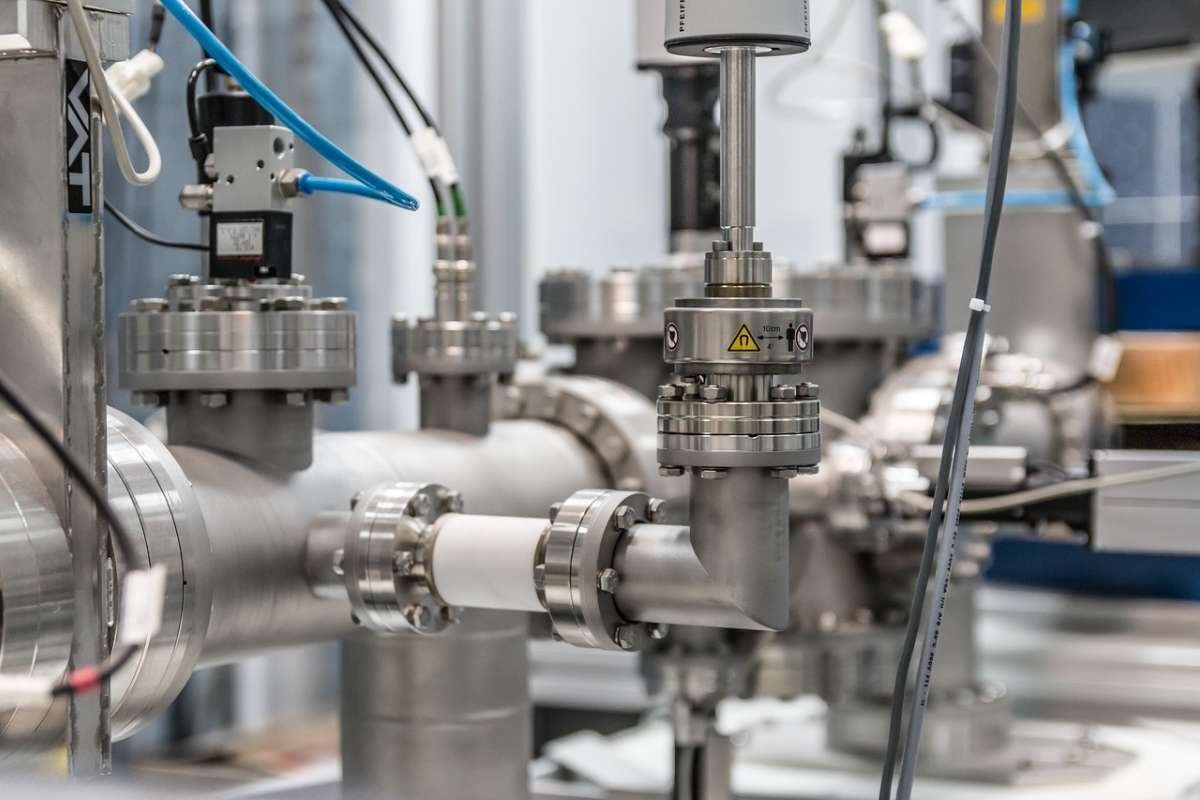Outboard engine reliability depends on consistent maintenance during the first 100 hours of ownership and throughout the initial break-in period. The tight engine tolerances and advanced fuel and ignition systems in Yamaha engines demand hour-based servicing to safeguard performance. For boaters seeking efficient upkeep, Yamaha Service Kits Explained highlights why OEM kits—containing filters, plugs, seals, and other consumables in model-specific boxes—are the best choice.
The knowledge of 20-hour and 100-hour maintenance cycles helps boaters prevent engine damage and saves them from paying for skipped maintenance tasks. You can check out a Yamaha 100 hour service kit to see how Yamaha organizes engine parts for different engine families.
OEM kits make planning easier while reducing purchasing errors and establishing a regular Yamaha maintenance schedule with minimal unexpected events. The following section explains all aspects of these kits and their selection process for your engine model.
Choosing a Yamaha 20-Hour vs 100-Hour Service Kit
The best way to select the proper kit is by working from your engine’s exact model, year, and serial number. As Yamaha Service Kits Explained shows, outboard service is hour-based for a reason, with each interval serving a distinct purpose to protect performance and reliability.
1. Confirm engine model, year, and serial
Use the ID plate on the outboard bracket. Note the full model code to avoid mixups between closely related versions.
2. 20-Hour kit purpose
The 20-hour interval is part of the break-in procedure. It helps remove early wear particles, checks for leaks, and ensures the oil system stabilizes. A Yamaha 20 hour service kit typically handles oil and filter replacement, along with visual inspections and small adjustments.
3. 100-Hour kit purpose
The 100-hour interval expands maintenance to include fuel, ignition, and lubrication items. It protects long-term performance and keeps combustion clean. A Yamaha 100 hour service kit always includes oil and filter, but may also include plugs, gaskets, seals, or additional filtration depending on engine family.
4. Recommended extras
Add-ons may be necessary depending on usage patterns. Many owners include:
- gear lube
- anodes
- basic seals
- fuel treatment for stabilizing ethanol-blended gas
5. Plan your time and technique
Budget an hour for a 20-hour service and two to four hours for a 100-hour service, depending on the engine size. Follow torque specs and keep records for warranty alignment.
What’s Inside Yamaha 20-Hour vs 100-Hour Kits?

Yamaha Service Kits Explained shows that both kits share the same goal—keeping the outboard within Yamaha’s designed wear pattern. The distinction lies in the depth of maintenance required at each interval.
20-Hour Kits
A 20-hour kit focuses on early break-in wear and oil stabilization. These kits usually include:
- engine oil
- OEM oil filter
- crush washer
- early fuel and oil checks
- inspection items such as fasteners and drain seals
This is a simple service but critical for long-term engine health.
100-Hour Kits
A 100-hour service covers more systems. Depending on the engine family, a kit may include:
- oil and oil filter
- fuel filters (primary and secondary)
- spark plugs
- seals and gaskets
- small service consumables
Many owners also pair the kit with fresh gear lube and an impeller or water pump kit if the engine runs in sandy, muddy or shallow environments.
Model Highlights
Because engines differ internally, Yamaha Service Kits Explained highlights how the company produces model‑specific options tailored for the most common mid‑range and offshore motors. For example:
- Yamaha F115 100 hour service kit
- Designed for popular inshore and nearshore setups. Usually includes filters, plugs, and seals sized for the F115’s fuel and combustion layout.
- Yamaha 150 100 hour service kit
- Often used on bay boats and center consoles. Includes larger capacity filters and plugs matched to the F150’s ignition system.
- Yamaha 250 100 hour service kit
- For offshore boats that run higher hours and carry more load. Often paired with gear lube and cooling system checks.
Why Kits Make Sense?
Yamaha Service Kits Explained shows how these kits reduce ordering errors, keep outboard service on schedule, and ensure OEM quality. Rather than trying to identify individual part numbers, boaters receive a pre‑matched set designed for their model, saving time and minimizing the risk of missing a gasket or filter.
Popular Picks by Engine

- F115
- Common choice for sports boats, skiffs, and inshore setups. The Yamaha F115 100 hour service kit includes model-specific plugs, filters, and seals.
- F150
- A versatile engine for bay and coastal boats. The Yamaha 150 100 hour service kit supports balanced fuel burn and long-term ignition stability.
- F250
- Offshore engines demand clean combustion and strong cooling. The Yamaha 250 100 hour service kit is built for heavier loads and higher operating hours.
Why Buy Yamaha Service Kits Here?
When ordering service kits, the supplier matters just as much as the part numbers. As Yamaha Service Kits Explained makes clear, working with a knowledgeable OEM source provides distinct advantages, ensuring accuracy, reliability, and long‑term engine protection.
- OEM components and model-specific fitment
- Transparent kit contents designed by hour interval
- Fast delivery and responsive support
- One-stop access to kits, fluids, and tools
A specialized site like YamahaOnlineParts organizes service options around exact engine families, which makes it easier to identify what your motor needs without guessing. This allows you to stay ahead of maintenance and keep the outboard performing consistently.
Service Kit Pricing and What Changes the Total
The cost of a service kit depends on several factors. Engine size, kit scope, and any optional add-ons influence the total.
- Engine family
- Larger engines require larger filters, more oil, and sometimes multiple fuel filters.
- 20-hour vs 100-hour
- A 20-hour kit is usually inexpensive because it focuses on oil and basic inspection.
A 100-hour kit contains more parts and therefore costs more, but it also prevents more expensive issues.
- A 20-hour kit is usually inexpensive because it focuses on oil and basic inspection.
- Add-ons
- Gear lube, anodes, water pump kits, and fuel treatment increase the total but protect your engine from corrosion and overheating.
- DIY vs shop
- Doing the service yourself reduces labor costs. Just follow the torque specifications and keep records of hours and dates.
- Seasonal timing
- Offshore anglers or high-hour users may go through multiple kits in a year. Keeping an extra filter or plug set on board is a practical choice for long trips.
Tools, Timing, and Warranty-Friendly Tips

To perform Yamaha outboard service correctly, a few essential tools and a consistent schedule are required. As Yamaha Service Kits Explained highlights, following the proper maintenance routine ensures reliability, efficiency, and long‑term engine performance.
Tools you need
- torque wrench
- drain pan
- funnel
- spark plug socket
- gear lube pump
- rags or absorbent pads
Timing
Perform the 20-hour service once. After that, follow the 100-hour cadence. If you operate in harsh conditions, consider adding mid-season oil checks or early fuel filter swaps.
Warranty-Friendly Practices
- Use OEM parts and fluids
- Log hours and dates
- Keep receipts
- Dispose of used oil and gear lube properly
Documenting service is essential for protecting your long‑term engine warranty and for diagnosing issues if something feels off. As Yamaha Service Kits Explained emphasizes, keeping accurate records ensures both compliance with warranty requirements and confidence in troubleshooting.
FAQ
1. What steps should I take to confirm I have the correct engine kit for my vehicle?
You should use your engine model number and year, along with its serial number, to choose the correct F115 or F150, or F250 kit. The selection process will prevent any potential compatibility problems.
2. Can I safely perform the 100-hour service maintenance on my own engine?
The service can be performed safely when you follow torque specifications and use correct tools and handle fluids according to safety guidelines. Home-based maintenance of this service is common among engine owners.
3. What additional items should I purchase for my kit?
The kit should include gear lube, together with anodes and fuel treatment for optimal performance. The combination of kits with impellers becomes standard for engines operating in sandy or shallow water conditions.
4. Do kits include impeller or water pump parts?
The basic kits from manufacturers do not include these parts because their replacement needs depend on engine usage patterns.
5. How often should I change gear lube?
The recommended schedule for gear lube replacement remains at 100 hours, but users who operate their engines extensively or work as offshore guides might need to replace it more often.
6. Do OEM kits help with warranty compliance?
Yes. Using factory components and keeping records protects your coverage.
7. What if I am already past my 100-hour interval?
The service needs to be performed even if it is past the scheduled time because skipping the service is not acceptable.


















